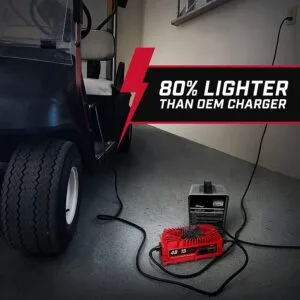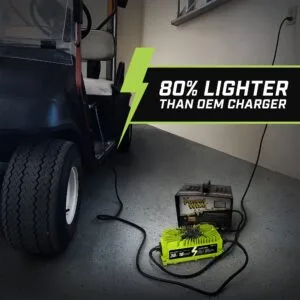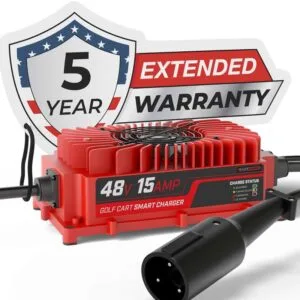$249.95
Properly charging golf cart batteries is crucial for their performance and longevity. Battery maintenance not only extends their lifespan but also ensures optimal performance during use. This article provides a comprehensive guide to charging golf cart batteries, helping users understand charging methods and maintenance tips to keep their batteries in top condition.
Proper charging and maintenance of golf cart batteries not only extend their lifespan but also enhance their performance. Following the best practices outlined in this article ensures your batteries remain in optimal condition.









